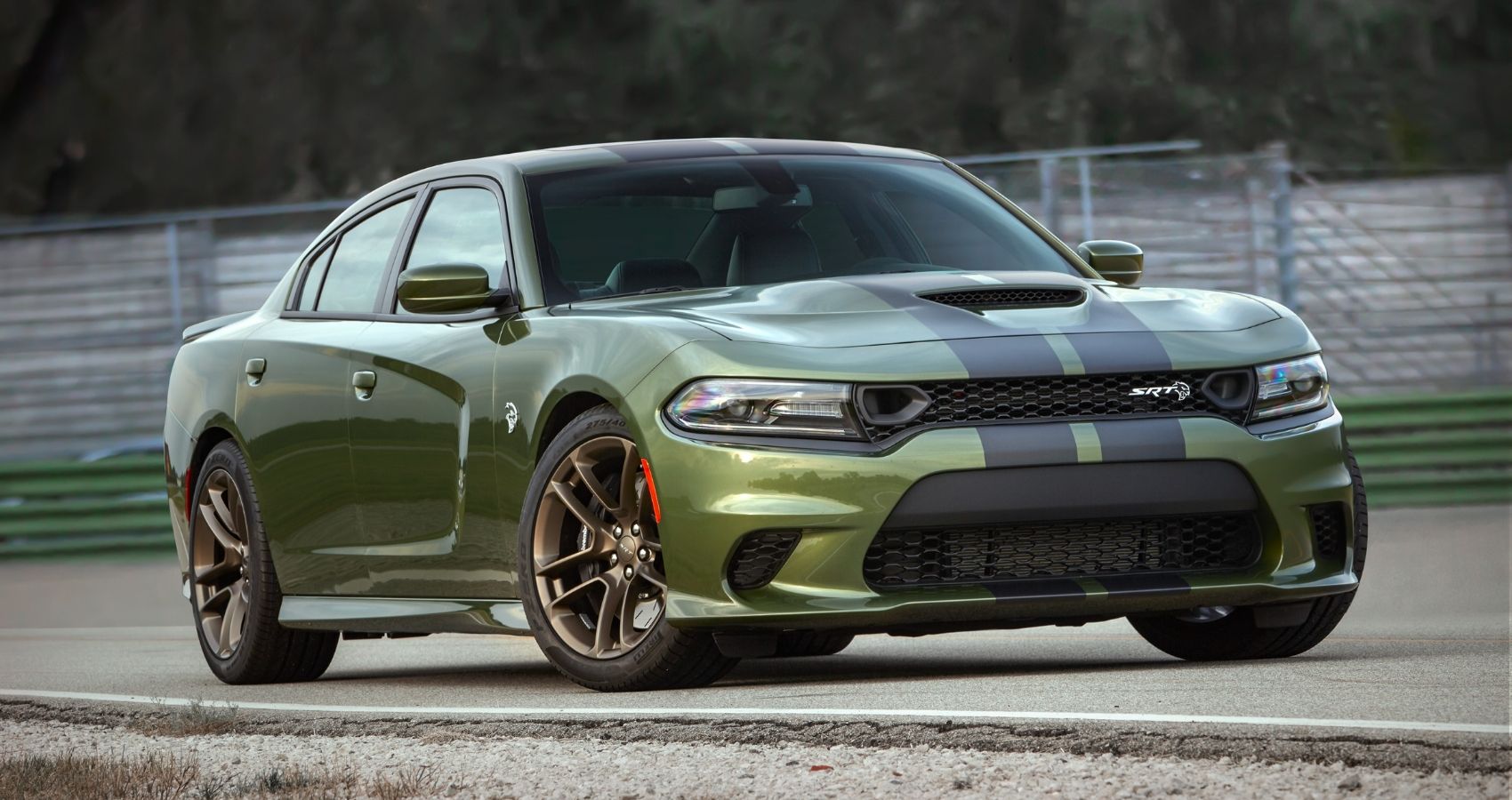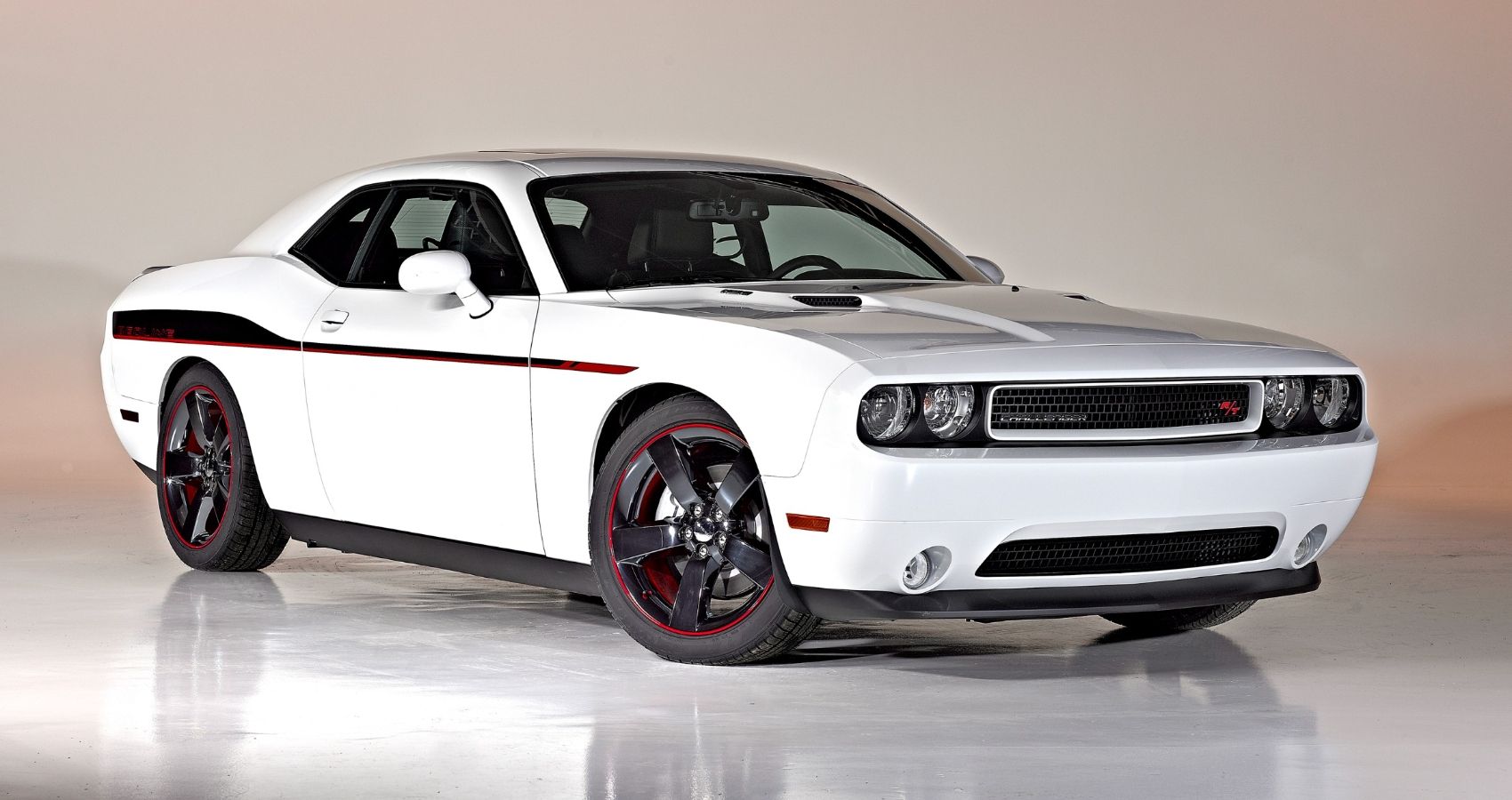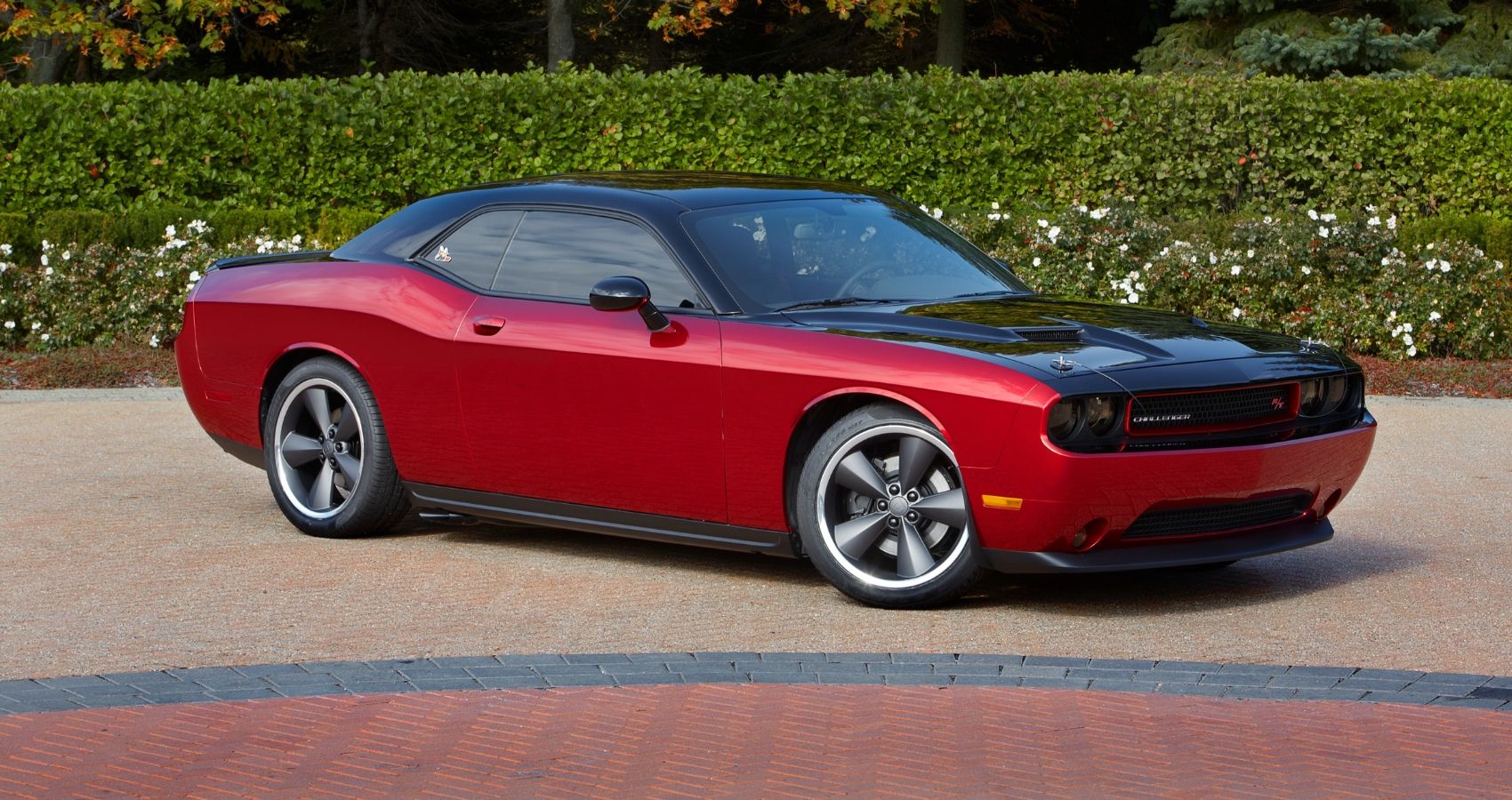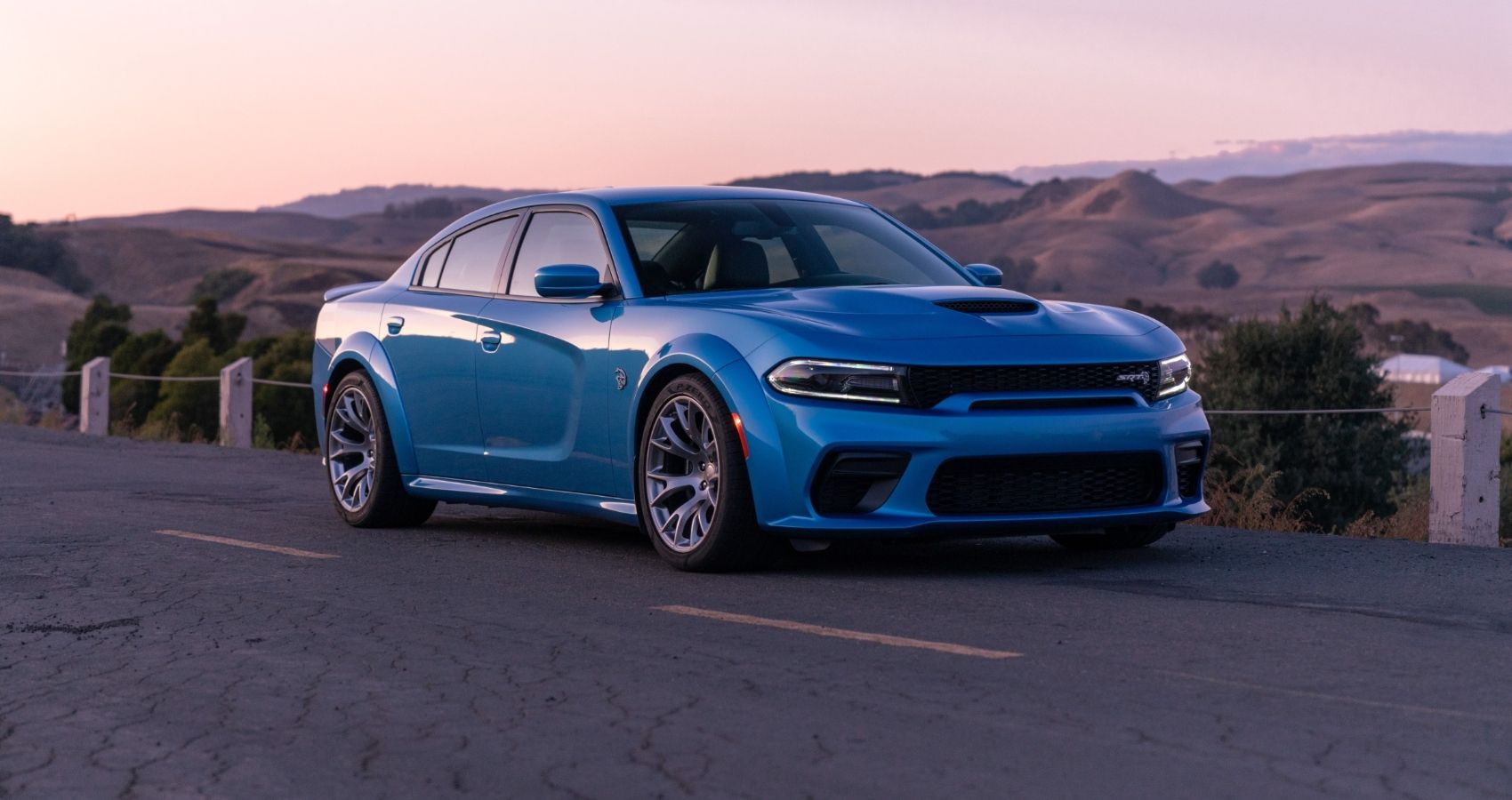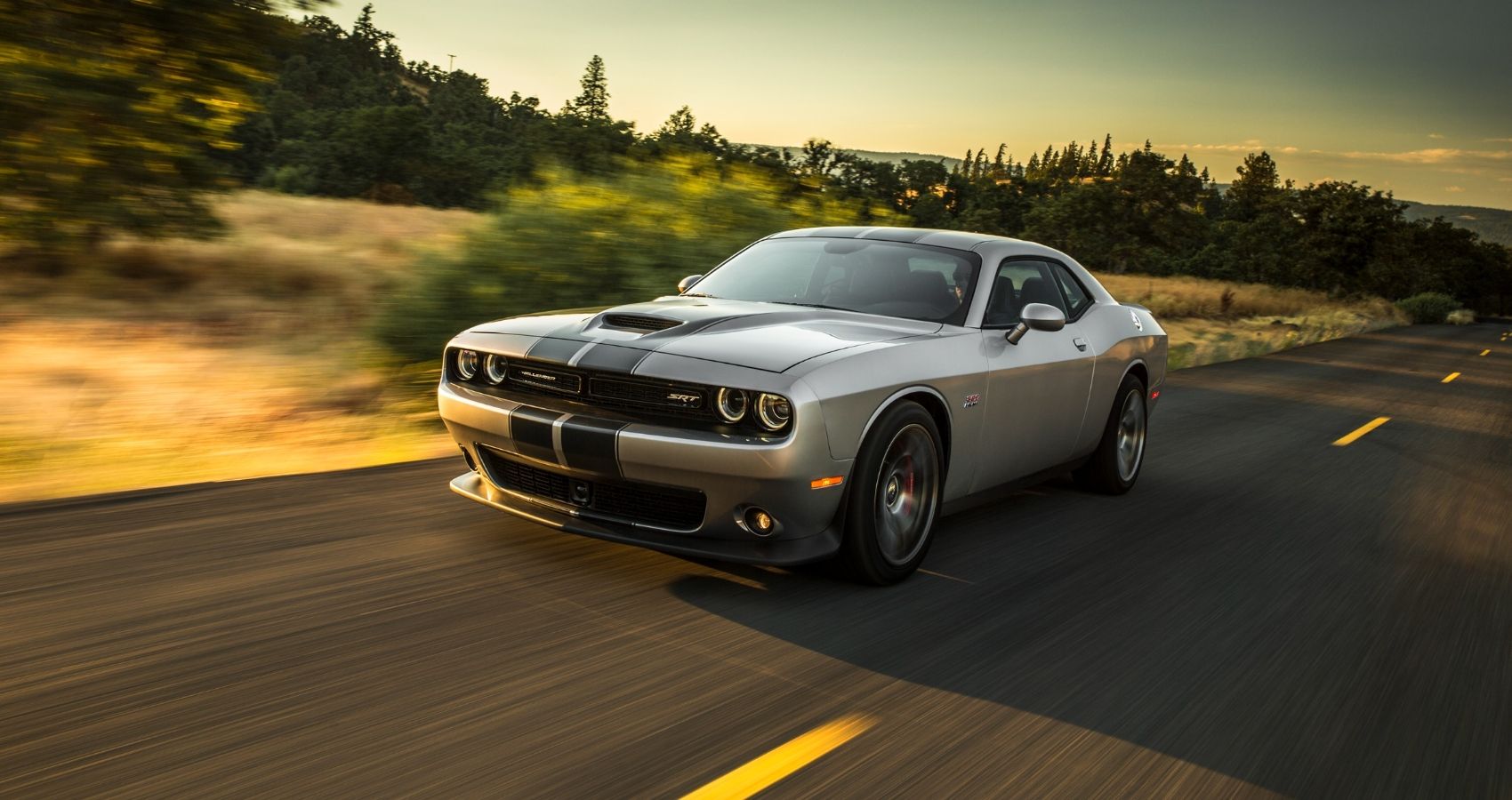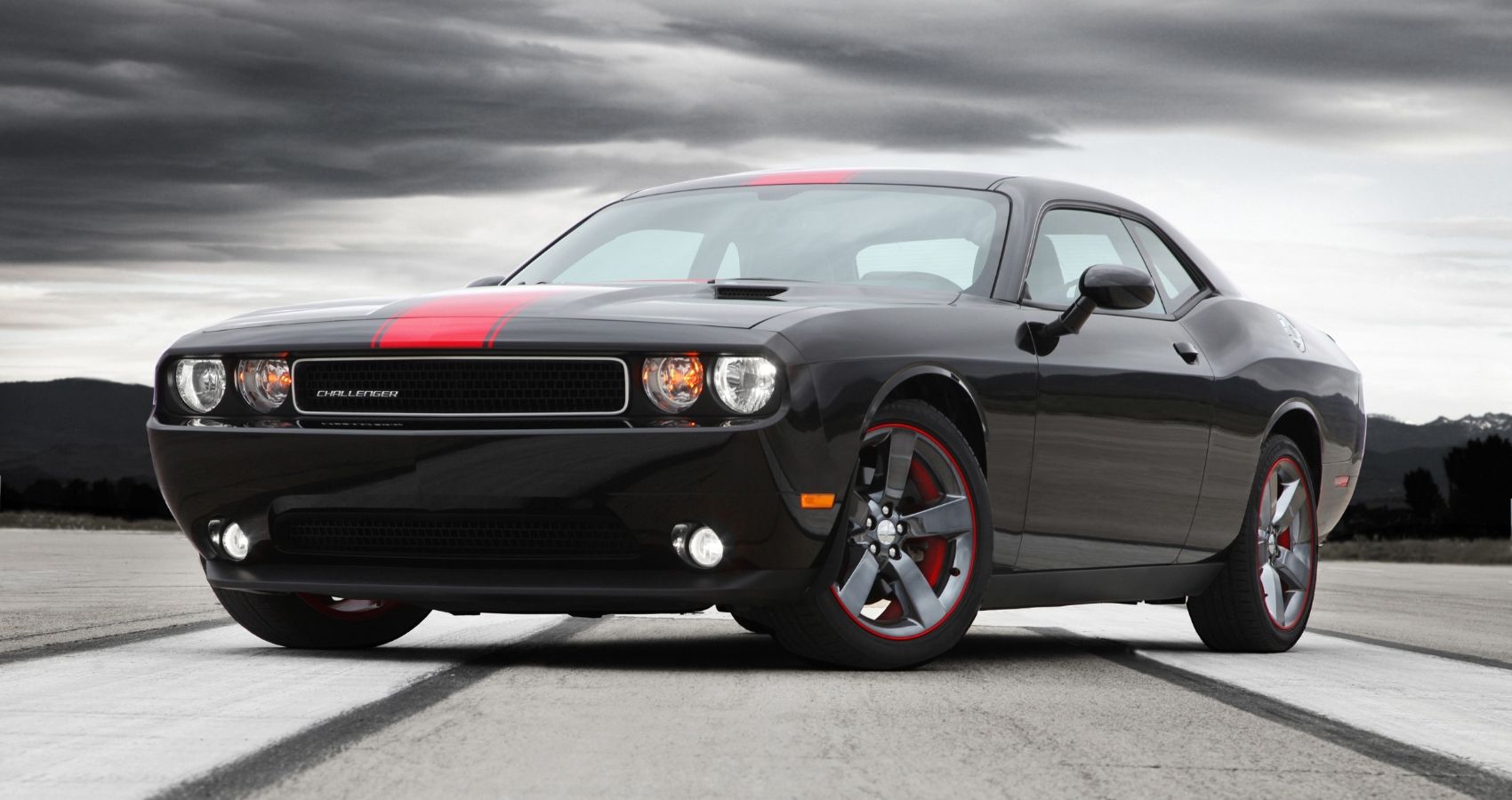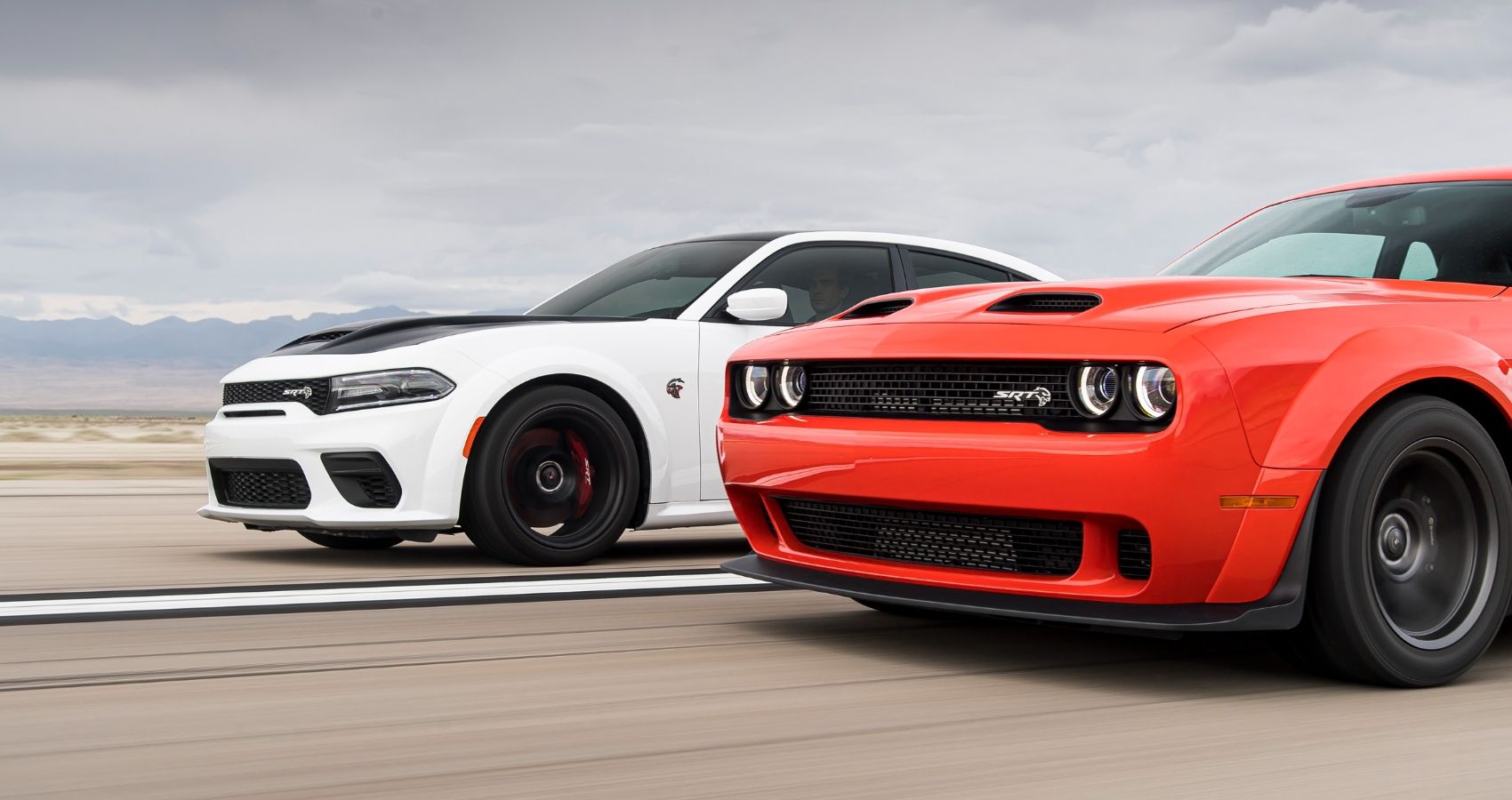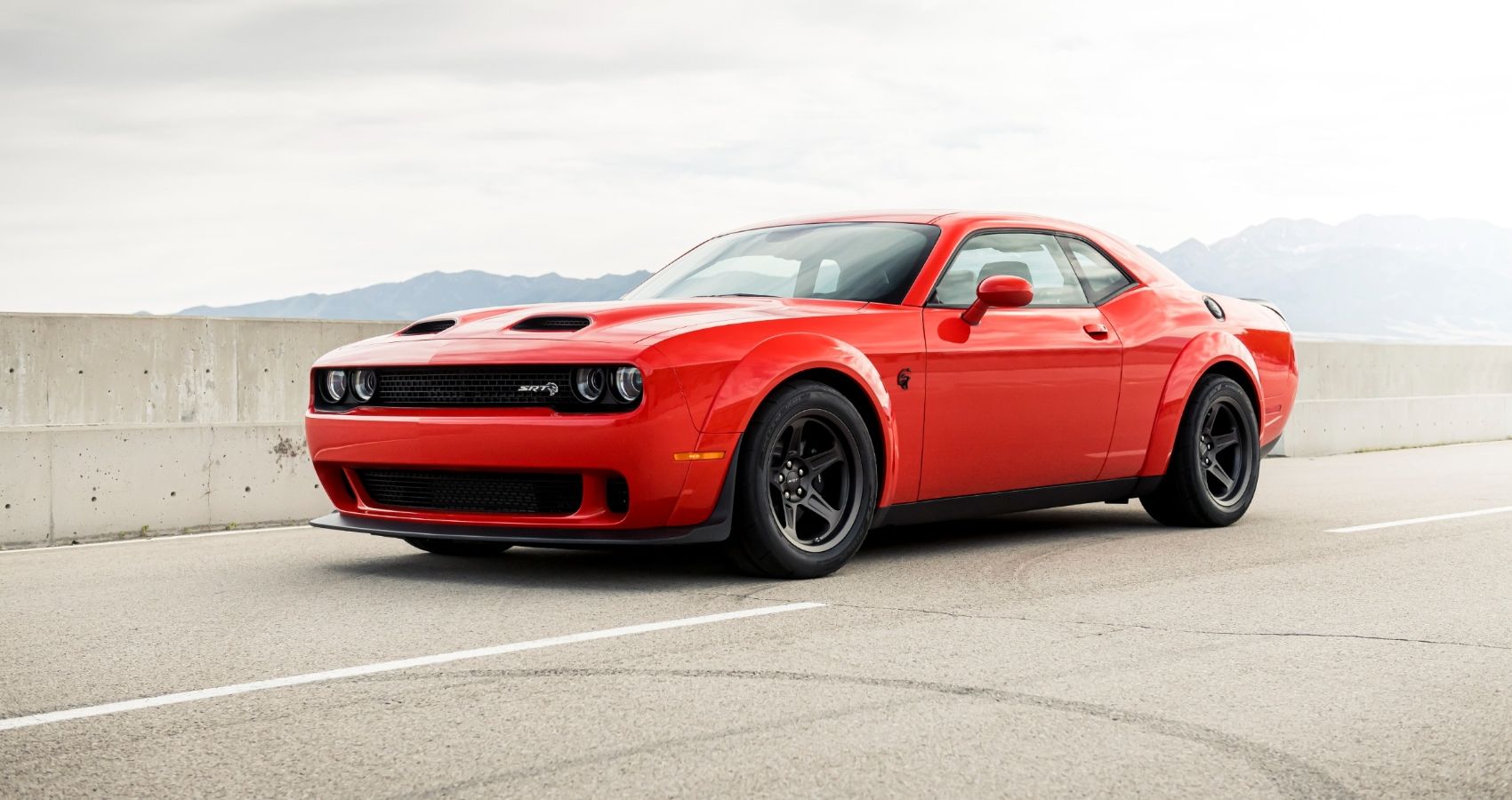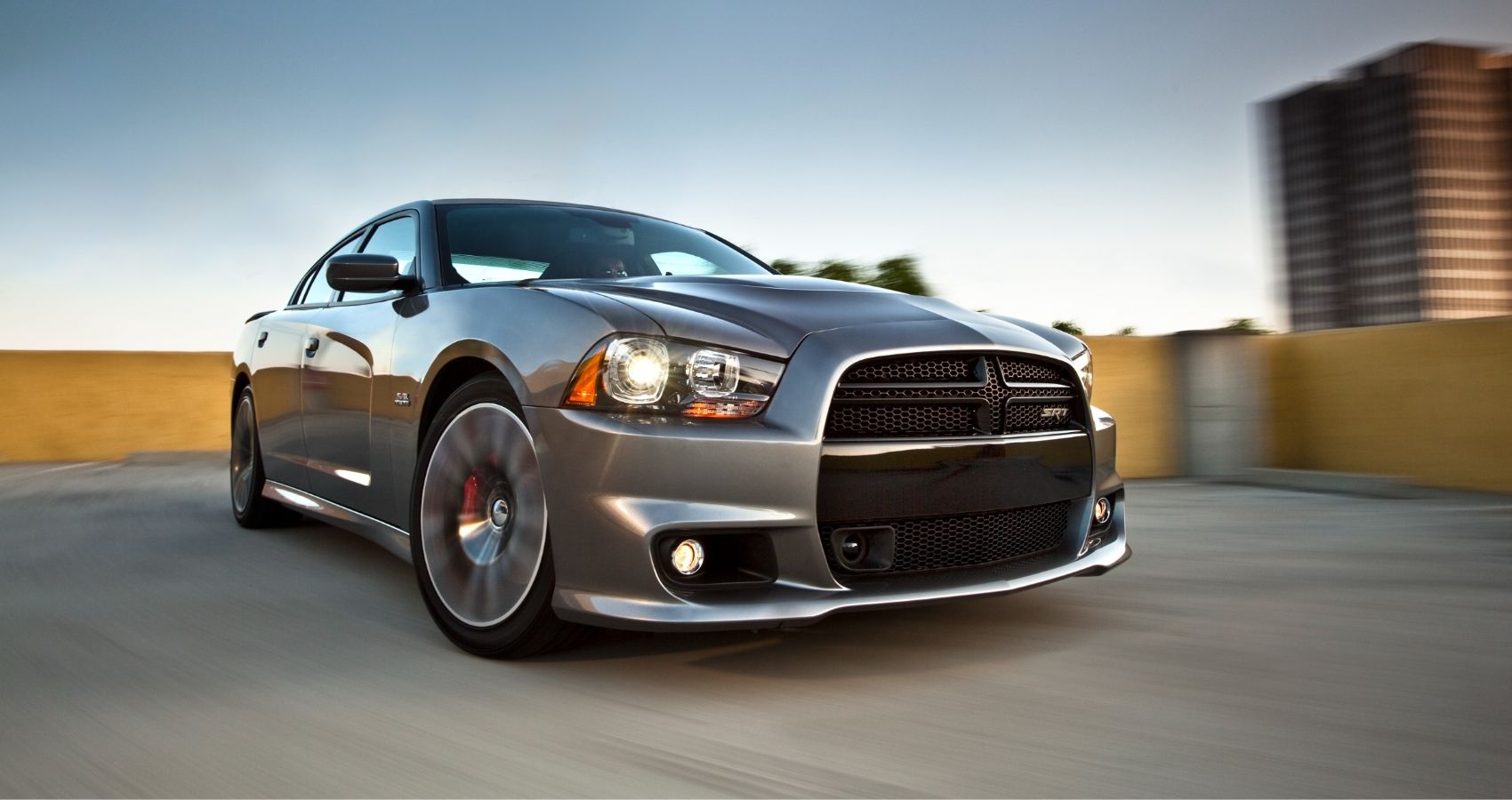Founded in 1900, Dodge has been behind some great high-performance vehicles like the Charger and Challenger. Both muscle cars are among the most popular models for the company, especially due to their features, performance, and several trim levels that offer optional technology and performance upgrades. Dodge is synonymous with offering performance-focused muscle cars, all with massive Hemi V8 motors under the hood. While not all Challenger and Charger vehicles have V8 engines, the base V6 engines are reasonably powerful for most people.
Updated March 2023: The Dodge Challenger and Charger have existed for many decades. It's obvious that some enthusiasts might tend to go for the used models. These used cars are more affordable and enable more enthusiasts to experience them. Here's an updated list highlighting the most common problems with the Dodge Challenger and Charger.
Besides their performance, enthusiasts love the Charger and Challenger for their superior ride, especially the newer models. They offer smooth, bump-free rides on most terrains and handle incredibly when pushed hard. Dodge also offers these models with a highly functional interior that's the opposite of luxurious. Most models feature more rubberized materials and comfortable seats. The lineup's simplistic design hints back to their muscle car roots, making both models slightly better than their rivals. However, there have been a few common issues that owners have encountered over time.
10 2010 Challenger — Power Steering Assembly Leaks
Some Challenger models had issues related to the power steering assembly hose. The Challengers affected by this issue had corrugated assemblies that would separate from components and leak power steering fluid.
As a result of this issue, there was a large recall for the 2010 Dodge Challenger. It was a large problem for the Challenger since the fluid would leak into the engine compartment and potentially cause a fire. In addition, it would affect the power steering mechanism, thus increasing the effort required to turn the wheels. Anyone with a Dodge Challenger or considering buying one should check if this recall affected the vehicle.
9 2008 - 2013 Challenger — Unexpected Airbag Deployment
Airbags help offer crucial cushioning for people during a crash. However, Dodge Challenger models from 2008 to 2013 had a history of unexpected airbag deployment. Some incidents were more severe than a simple airbag deployment since the airbag could explode. The problem eventually resulted in a large recall for the Challenger.
The main cause of the airbag deployment issue was related to the propellant used in making the airbag. It was faulty, and Dodge prevented further damage by replacing it. When the deployment happened, it would throw some metal shrapnel into the cabin of the Challenger.
8 2019 Charger — Brake Problems
The brakes are among the best safety systems on any vehicle. They help slow down the rotation of the wheels, ensuring that a vehicle comes to a complete stop. While not many Chargers have struggled with brake problems, the 2019 Dodge Charger was a different case. According to some owners, the brakes would have excessive vibrations and become too erratic.
Some owners got into crashes because of faulty brakes, while others complained of ill-fitted rear brake pads leading to broken rotors. These problems made driving the Charger dangerous while diminishing the driving experience. The best solution was to replace the brake pads.
7 2020 Charger — Seat Belts/Airbags
The Charger has been one of the best old-school large American sedans. It's a brash and bold vehicle that packs not only V8 muscle but also a great soundtrack. Despite its lack of political correctness, the 2020 Charger was a comfortable, refined, and luxurious sedan. It offered the visceral excitement of muscle cars and the convenience of a four-door sedan. 2020 was the Charger's 50th anniversary, leading to the introduction of a 717 hp Daytona limited edition.
Despite its impressive features, the model had two recalls for the lack of a backup camera display and the windshield separating from the sedan during a crash. Owners also experienced issues with the seat belts and airbags that increased the chances of a crash. For most, the airbags didn't deploy when in an accident, leading to severe injuries. One owner even complained about the knee airbag deploying, making it impossible to slow down the vehicle.
6 2009 - 2016 Challenger — Harsh Gear Shifts
The 2009 to 2016 Dodge Challenger models had issues with harsh transmission shifting. There are many causes for harsh transmission shifting, but the main ones include fluid issues, failed sensors, and cold weather. Some owners claimed the problem started with no apparent cause. Most noted the problem when they hit 34,800 miles, which began as a weird metallic noise when shifting.
After a while, the issue progressed to becoming a noticeable thump from the transmission when shifting gears. Some owners complained about having their transmission not engaging at all. Dodge, however, fixed this issue by offering an updated TCM (Transmission Control Module) software.
5 2021 Challenger — Transmission Clunking Or Bang On Start Up
Since its reincarnation in 2009, the Challenger has had a retro-modern muscle car feel. Over the years, Dodge has added various civilizing upgrades to the interior. The 2021 Challenger boasts improved handling and the latest touchscreen infotainment system. The lineup also has decently strong engines, with three versions of the Challenger having over 700 hp from their substantial V8 engines. For the 2021 model year, Dodge introduced the SRT Super Stock Challenger with many drag racing-oriented upgrades like the 2018 limited edition Demon.
Despite the improvements, the Challenger had two recalls for the windshield and electrical system. In addition, some owners experienced clunking or bang on start-up sounds, frustrating the entire ownership experience. For most, the problem arose after only 700 miles and got worse with time.
4 2011 Challenger — Alternator Failure
For the 2011 model year, Dodge made it easier for owners to embrace the V6 engine. The Challenger received an all-new, more efficient, and more powerful V6 base engine. Dodge also added more power to the SRT8 model, giving the entire lineup more character. However, even with the performance enhancements, owners of the 2011 Challenger encountered alternator problems, with some experiencing a distinct burning scent and abnormal squeaking noises from the hood. Some owners experienced failure when driving, leading their Challengers to shut down and not restart.
In any vehicle, the alternator helps generate power for the vehicle's electrical components, including the instrument panel and interior and exterior lights. Dodge issued a recall for the same since the alternator failure could lead to unexpected stalling, leading to crashes or accidents. Alternator failure could also lead to a short circuit and fire. Dodge fixed the issue by replacing the alternator.
3 2006 - 2021 Charger — Premature Suspension Wear And Tear
Various issues could lead to premature wear and tear of the suspension system on the Charger. One of the leading problems was the stabilizer pins and tie rods wearing out prematurely. However, there were also instances where the front inner tie rods and ball joints would wear out.
Most suspension issues can be expensive to fix, especially when parts don’t last as long as they should. The problem can quickly decrease the vehicle's life, making it a more expensive car to keep. Suspension problems can also affect the control arms, causing more damage to the vehicle, including the brake assembly and wheels.
2 2008 - 2021 Challenger — Totally Integrated Power Module Electrical Problems
Another common problem concerning the Challenger is the TIPM (Totally Integrated Power Module). The module can encounter electrical problems and was prevalent in the model years 2008 to 2021. The TIPM plays an integral part as the hub of electrical operations.
Some functions of the module include operating the windshield wipers and the fuel pump.
Therefore, if the part fails, it can cause some dire issues like the deployment of the Challenger’s airbags, starters not cranking when starting the Challenger, and randomly working horn noises. When you encounter an issue with the TIPM, you have a few options, like visiting the dealership. It's a more expensive endeavor, especially since TIPM repair specialists charge a fraction of the price. If you want added peace of mind, you can purchase a rebuilt TIPM — the key is to buy one with a warranty.
1 2008 - 2014 Charger — Premature Engine Failure
Engine failure is the most severe problem of the Dodge Charger. The problem was common with 2008 to 2014 Dodge Chargers, making them the best examples to avoid. Even though the vehicles harbored much power, that wasn’t an excuse for engine failure.
Unfortunately, once the Chargers started showing some engine symptoms, the fix wasn’t as easy as replacing a gasket. In most cases, the engines had to be rebuilt, meaning that the Charger would require frequent replacement, unlike most vehicles.

